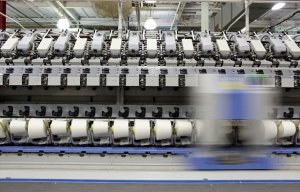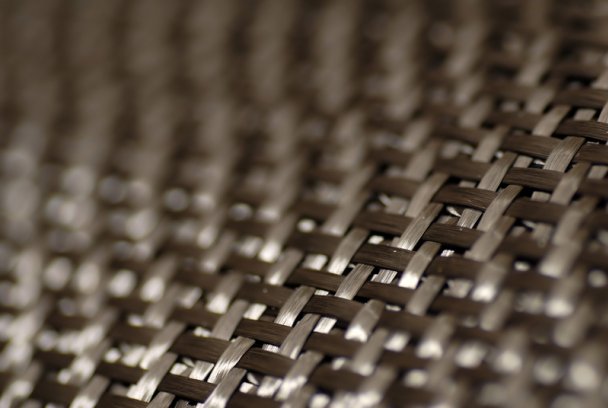
Coats to present latest innovations at Techtextil
Synergex can be processed into fabric form using many technologies including commingling and twisting.

9th March 2016
Innovation in Textiles
|
Uxbridge
Synergex is said to have high levels of hybrid fibre integrity and performance, the company reports. It can be processed into fabric form using many technologies including commingling and twisting. The carbon and nylon commingled yarn is said to deliver a balance between strength, weight, performance and also recyclability. The composite fibres can be embroidered directly into complex shapes and the final composite parts can be metal pressed.
“This is a ground breaking new product range which will revolutionise composite technology across a wide range of industries. Our pioneering thread and yarn expertise has created an innovative product that can accelerate current manufacturing processes. It provides a simple solution for complex forms,” said Rajiv Sharma, Global CEO, Industrial, Coats.
The Synergex range has been developed by Coats Speciality using its state of the art carbon room at its Sevier site in North Carolina, US. It is dedicated to developing high performance composite constructions.
From carbon processing units to aramid converting lines and fibreglass processing equipment, it is able to commingle and twist carbon fibres and various thermoplastic fibres. This is said to enable the manufacture of flexible thermoplastic prepegs, which produce advanced thermoplastic parts for the wind, automotive, aerospace and sporting goods sectors.
Coats recently announced its partnership with Elemental Group in the creation and development of the forthcoming Rp1’s sports car wheel arch which features Synergex.
The wheel arch is made in four steps. According to the company, the carbon fibre and nylon are 'woven together to create a single commingled yarn'. The yarn is then embroidered into shape using a Tailored Fibre Placement (TFP) preforming process. Once the shape is precisely stitched, it is then placed in the machine mould and pressed to form the wheel arch. The parts can be finished to a high standard without the need to use resins or autoclave.
The TFP process using Coats commingled yarns will be demonstrated at JEC World, the international composite industry show, which will be held in Paris, from 8-10 10 March.

Business intelligence for the fibre, textiles and apparel industries: technologies, innovations, markets, investments, trade policy, sourcing, strategy...
Find out more